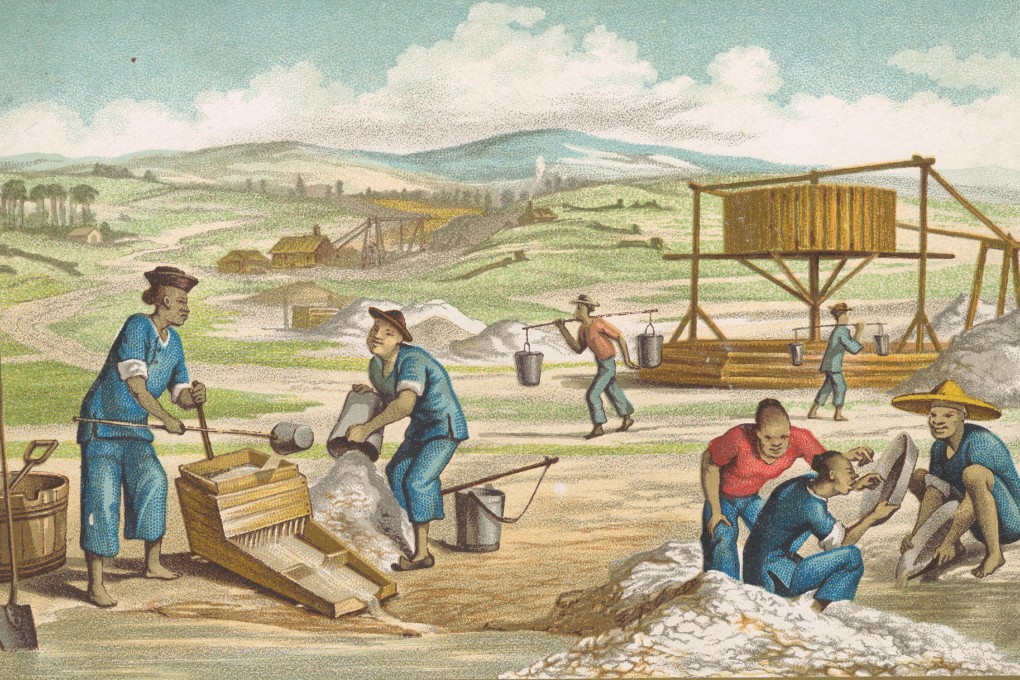
Art historian and academic Nicola Teffer's children have Dutch first names and Chinese surnames. They are, she says, the story of Sydney and of Australia: "This is the way it is going to go: the whole idea of the mixed-race family is completely ordinary."
Teffer's family background is Dutch. It wasn't until she married her half-Chinese husband, Stephen Wang, had children and travelled with him in China exploring his background that she developed an interest in the history of Australia's Chinese population. Then an assistant curator at the Museum of Sydney, she was amazed to discover just how much early Chinese immigration there was to Australia and how many Chinese were in Sydney in the 1880s.
Most people don't recognise the various aspects of daily life where the Chinese have made ... a very significant contribution
The common perception among Australians is that the Chinese came to Australia for the gold rushes, which began in the 1850s, and then left. But many stayed, she says. Australians often see the Chinese population as newcomers, but Chinese were minding the nation's sheep in the 1840s, and worked in the tin and porcelain trades that had developed by then. This rich history is explored in the exhibition Teffer has guest curated at the Museum of Sydney.
"I had a personal stake in knowing more about my children's heritage," she says. "I thought it was important that an exhibition should be staged that looked at this story - both good and bad, so much of it is a history of prejudice and suspicion."
The result is "Celestial City: Sydney's Chinese Story", a combination of the political and personal that looks at "ideas about what sort of Australia they wanted in the 19th century and personal stories of why people came, how they stayed, who they married", Teffer says.
When the museum staged its 2004 exhibition marking 100 years since the death of Chinese businessman and community leader Quong Tart, she realised "there is a much bigger story to be told here". So with photographs, old newspapers, drawings and paintings, artefacts including costumes, lanterns and original immigration papers bearing handprints, the museum tells the story of Sydney's "Celestials" - so-called because China was known as the Celestial Empire.